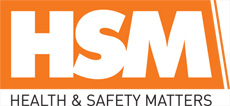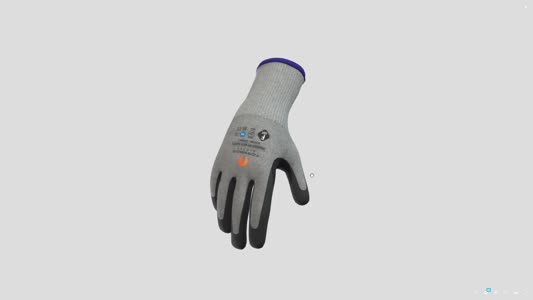
 |
Mark Sennett
Managing Editor |
 |
Kelly Rose
Editor |
| Home> | PPE | >Ear Protection | >Listen up! |
Listen up!
08 August 2016
For our third spotlight article on the Safety Dialogue sessions, held at the Health & Safety Event, Simon Field, technical specialist at science-based technology company 3M, takes a look at hearing conservation and how best to protect employees from loud noises in the workplace.
For our third spotlight article on the Safety Dialogue sessions, held at the Health & Safety Event, Simon Field, technical specialist at science-based technology company 3M, takes a look at hearing conservation and how best to protect employees from loud noises in the workplace.
In the past year around 15,000 people have suffered from noise-induced hearing loss (NIHL) caused, or made by worse, by work.
While the condition is completely preventable, it is incurable – so employers need to ensure that they are best protecting their workforce.
As well as NIHL, employees may also be at risk of developing tinnitus, which could lead to associated health problems such as insomnia. Safety can also be compromised, as people may not be able to hear warning messages or alarms if noise levels are too loud.
This is why we decided to dedicate one of our Safety Dialogue sessions to the topic, to offer advice on how to prevent exposure to loud noises and keep employees safe. So let’s take a look at 3M’s four-step approach to preventing hearing damage.
Detection
The first step in protecting your workforce is to assess the noise levels to see if there is a problem. Start by asking yourself some straightforward questions such as, do employees need to raise their voices when speaking to each other or is the noise intrusive? If the answer is yes, then the noise levels are likely to be too high.
Noise measurements should be conducted in any areas highlighted during your initial assessment. Noise surveys can be carried out in-house or by hiring a consultant.
It’s important to use the results of noise surveys effectively; deciding on noise control methods, re-evaluating risk assessments and selecting appropriate PPE. All too often, reports are filed without appropriate actions being implemented. This is because relating noise report data back to the workforce can be difficult.
Thankfully, the HSE provides free exposure calculators to help you work out your daily and weekly noise exposures. This data can be used to help you select suitable control measures.
Protection
As part of The Control of Noise at Work Regulations 2005, employers are required to eliminate or reduce risks to health and safety from noise at work.
Depending on the level of risk, you should:
- Take action to reduce the noise exposure
- Provide your employees with suitable personal hearing protection.
When deciding on hearing protection equipment it is crucial to select a product that employees are motivated to wear. If it does not fit correctly or is uncomfortable, the worker is less likely to use it properly, which can significantly reduce the level of protection.
The two options available are ear plugs and ear muffs. These products come in a range of styles to suit a range of tasks, including disposable and reusable.
When deciding on protection, you should ensure that it is effective enough to eliminate risks, but does not leave the worker isolated. You also need to consider the working environment and check that it does not interfere with other PPE.
Training
It’s important to ensure that your workers understand why they need to take care of their hearing and how they can do this. Employers need to provide suitable information, instruction and training covering the noise hazards present, the control measures to be used and the correct use of these, including hearing protection. This could include fitting technique, any maintenance requirements and where equipment should be stored.
Validation
Once you have offered hearing protection to your workers, you then need to be confident that it is protecting them. As everybody is different, it is not a case of one size fits all when it comes to hearing protection, so you need to be sure the equipment is not being used incorrectly.
Following this four-step approach will help employers to feel confident that they are best protecting their workforce from exposure to loud noises.























